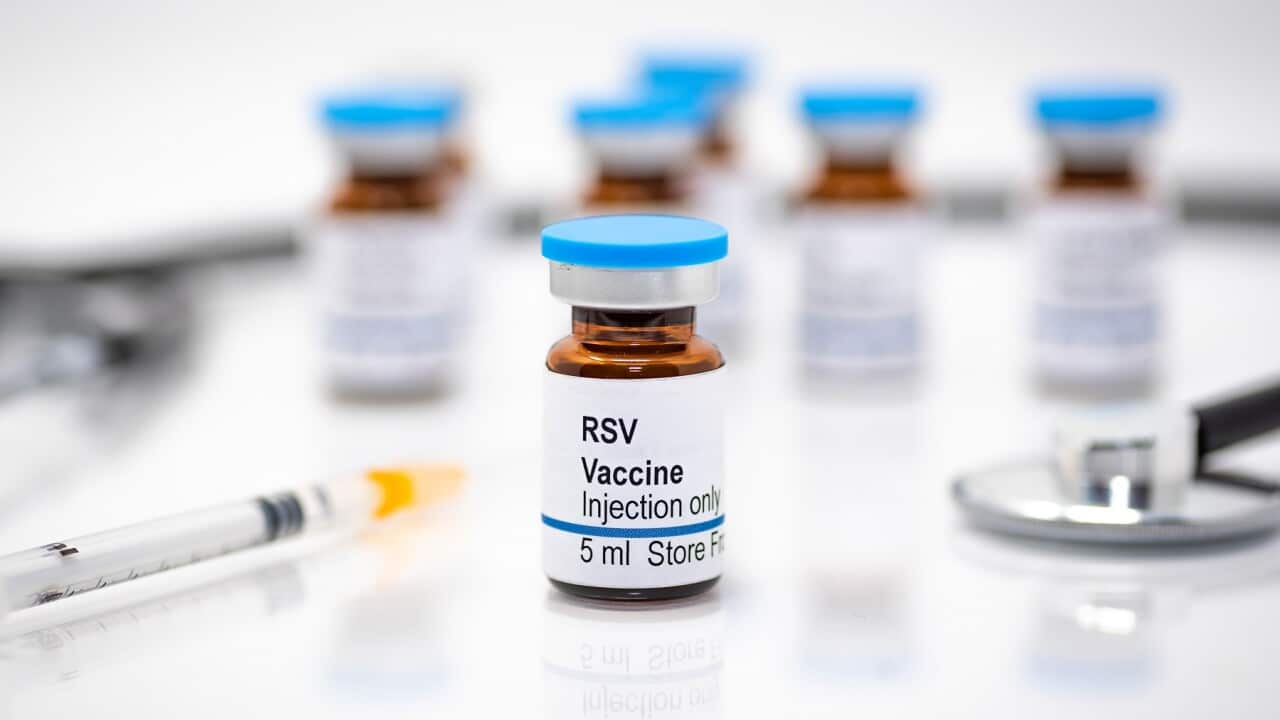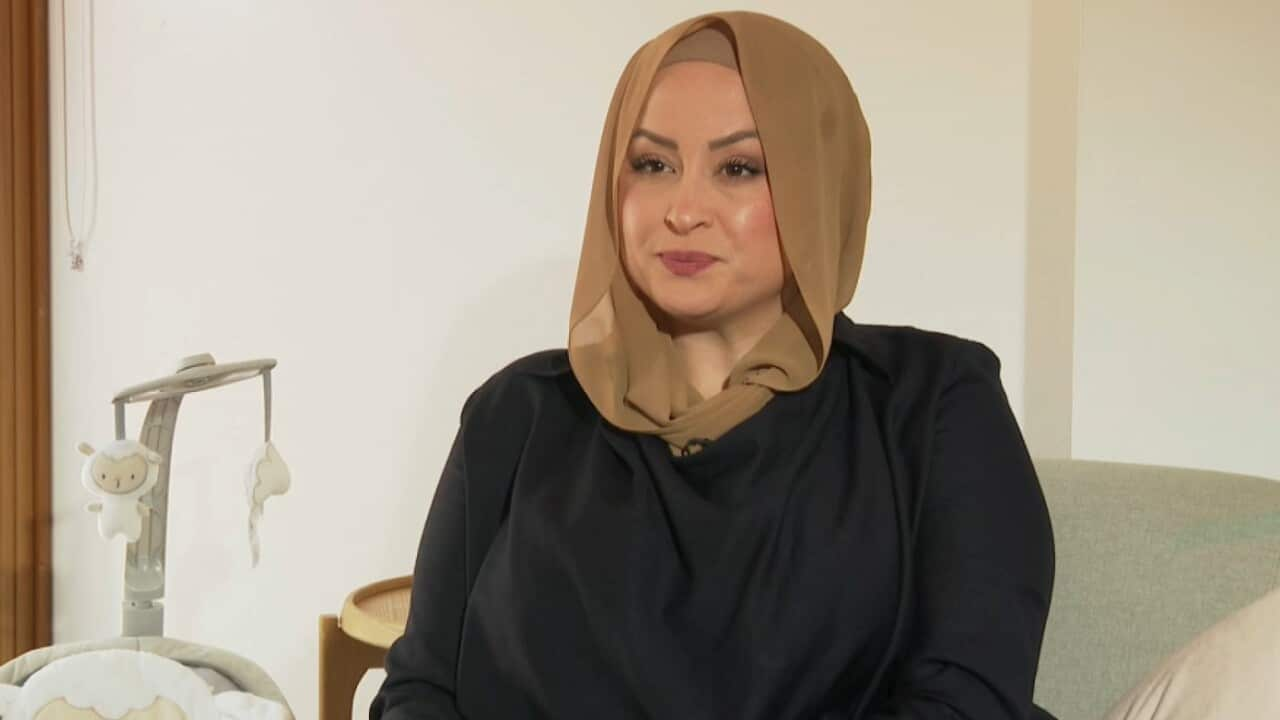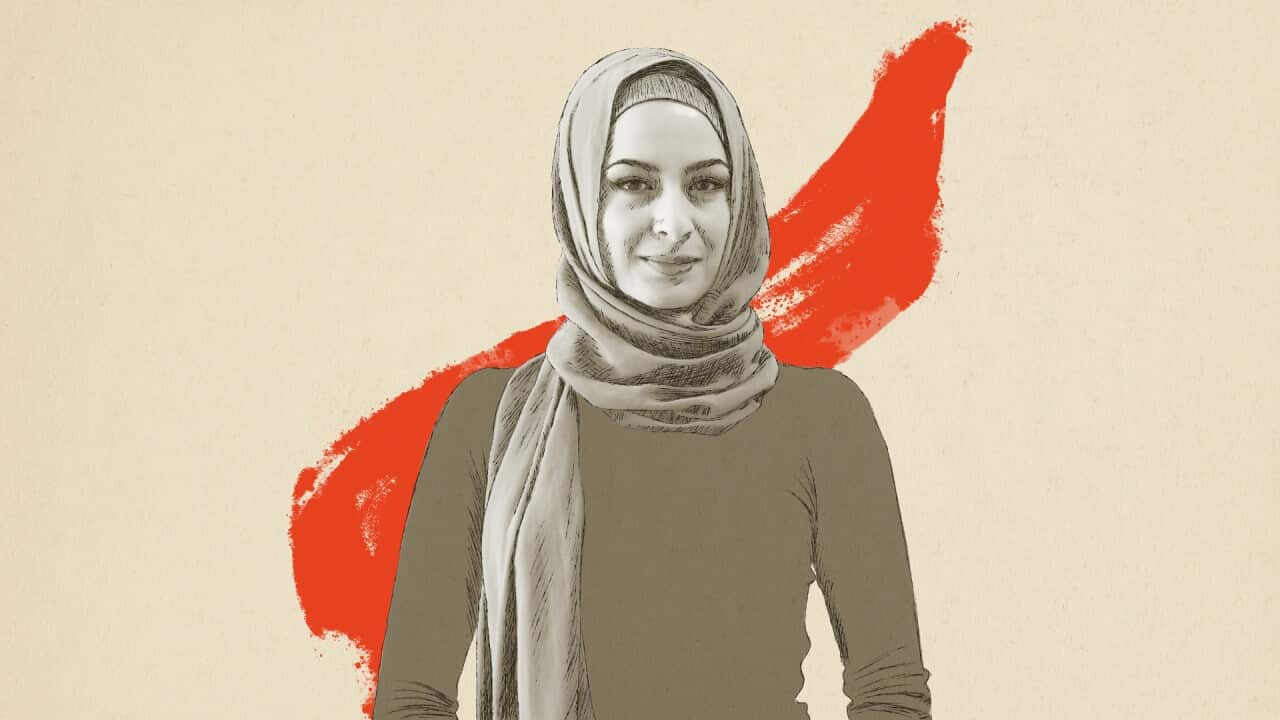TRANSCRIPT
Ange is 19, and in many ways a typical teenager. She likes to colour her hair and dance to music videos. Yet, she is also among thousands of young people in Australia living with childhood dementia. Her mum Niki Markou says the diagnosis came out of the blue, after Ange suffered her first seizure five years ago.
“It was a big shock. I was going to have a heart attack to be honest. I just didn't know how to absorb the information. I think I was very in denial and angry and I'm like, oh, they've got this wrong – early like life-limiting disease. How does that happen? To a perfectly healthy child.”
And Ms Markou is not the only one shocked to learn that their child has an ‘older person’s disease’.
It’s estimated that two-thousand-three-hundred young people in Australia live with dementia, an umbrella term covering more than 70 rare genetic disorders.
As Ms Markou explains, identifying the underlying cause of Ange’s worsening condition took time:
“At 15 and a half, exactly a year from her first symptom, it was Lafora disease. They said it's terminal, it's a neurological progressive brain disease that causes childhood dementia. “
Ms Markou says as Ange’s dementia progresses, it is robbing her of an active life, with friends her age.
“She's a young adult and seeing her friends go out and they're driving and that's a big trigger for her. She used to be a big personality, alive, happy, and she's sad and miserable and very frustrated. And it breaks my heart, because she's not independent anymore and she relies on all of us and she gets very angry and frustrated because of it. She does not like her diagnosis. She has not accepted it.”
This week, Ms Markou and Ange are staying on Sydney’s northern beaches, at the new Manly Adolescent and Young Adult Hospice.
It’s Australia's first dedicated service for young people with life-limiting illness and offers parents like Ms Markou a break from providing round-the-clock care.
“A dementia patient can't be left alone. They're unsafe, so it's one-on-one care all the time. I'm so drained I can't do it anymore. And that's why I've come here to have a break and they've taken on that responsibility, so I can also sleep. For five years I've been sleeping in her room with her on high alert. “
It’s a heavy burden for many families, according to a new report.
Childhood Dementia Initiative CEO Megan Maack explains:
“The report found that the burden was consistently extreme on families that inadequate supports and care were available for them. And families experienced a high level of family breakdown as a result of this. “
Ms Maack is herself the mother of children living with dementia. For the past three years, she has actively pushed for more global research and better support for families.
“Both of my children were diagnosed 10 years ago when they're aged two and four with a form of childhood dementia. Pretty much all of the challenges that were described in the report that we've released, I've personally experienced in my time.”
Around 90 children living with dementia will die each year - about the same number die from childhood cancer.
Yet research funding for this little understood condition remains 20 times lower.
And Ms Maack says that needs to change.
“We are really calling on the Australian government to appropriately include children in the upcoming national Dementia Action plan. We need to be considered with priority given the historic lack of services and investment that's been made into the childhood dementias.”
This is Dementia Action week, and across Australia childhood dementia advocates are working to raise awareness and financial backing, with a face painting campaign … highlighting a disease that globally takes a child's life every 11 minutes.
Dr Kris Elvidge, is head of research at the Childhood Dementia Initiative.
“Previously the childhood dementia conditions were researched individually and considered as individual conditions rather than considering the common presentation of dementia. We've been working to bring together researchers so that we can get greater collaboration, greater awareness, and more funding for research and greater economies of scale so that we can get more treatments to children much more quickly.”
For Ange, time is running out. Around three quarters of children living with dementia have a life expectancy of 18 years, as mum Niki Markou is all too aware.
“That part's the scary part, the more intense part because we don't know how long, we just don't. Sometimes it's very hard, especially when she's having a bad day. ‘ okay, well where is she at? Is this permanent progression? Is it just a bad day?’ But it's very hard, very hard to watch.”
While there’s currently no cure, Ms Markou says experimental treatment offers some hope for Ange.
“She’s just started, she's the first in the world to start an enzyme replacement therapy. She's been on it about, I think, 14 months now. And it's showing some promising signs. And I believe she's had a lot slower progression to what would normally have happened 10 or 20 years ago.”













